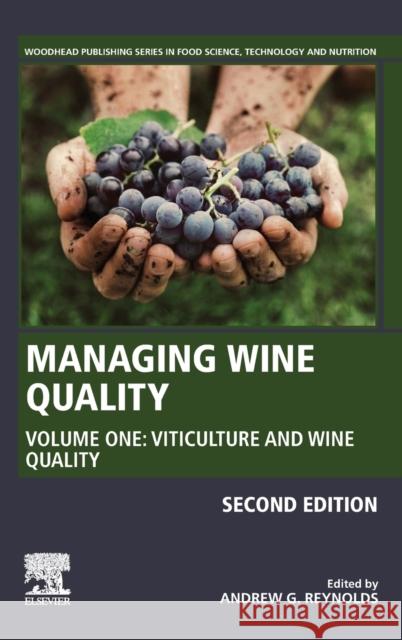Managing Wine Quality: Volume 1: Viticulture and Wine Quality » książka
topmenu
Managing Wine Quality: Volume 1: Viticulture and Wine Quality
ISBN-13: 9780081020678 / Angielski / Twarda / 2021 / 620 str.
Kategorie:
Kategorie BISAC:
Wydawca:
Woodhead Publishing
Seria wydawnicza:
Język:
Angielski
ISBN-13:
9780081020678
Rok wydania:
2021
Numer serii:
000442047
Ilość stron:
620
Waga:
1.25 kg
Wymiary:
22.86 x 15.24 x 4.29
Oprawa:
Twarda
Wolumenów:
01











